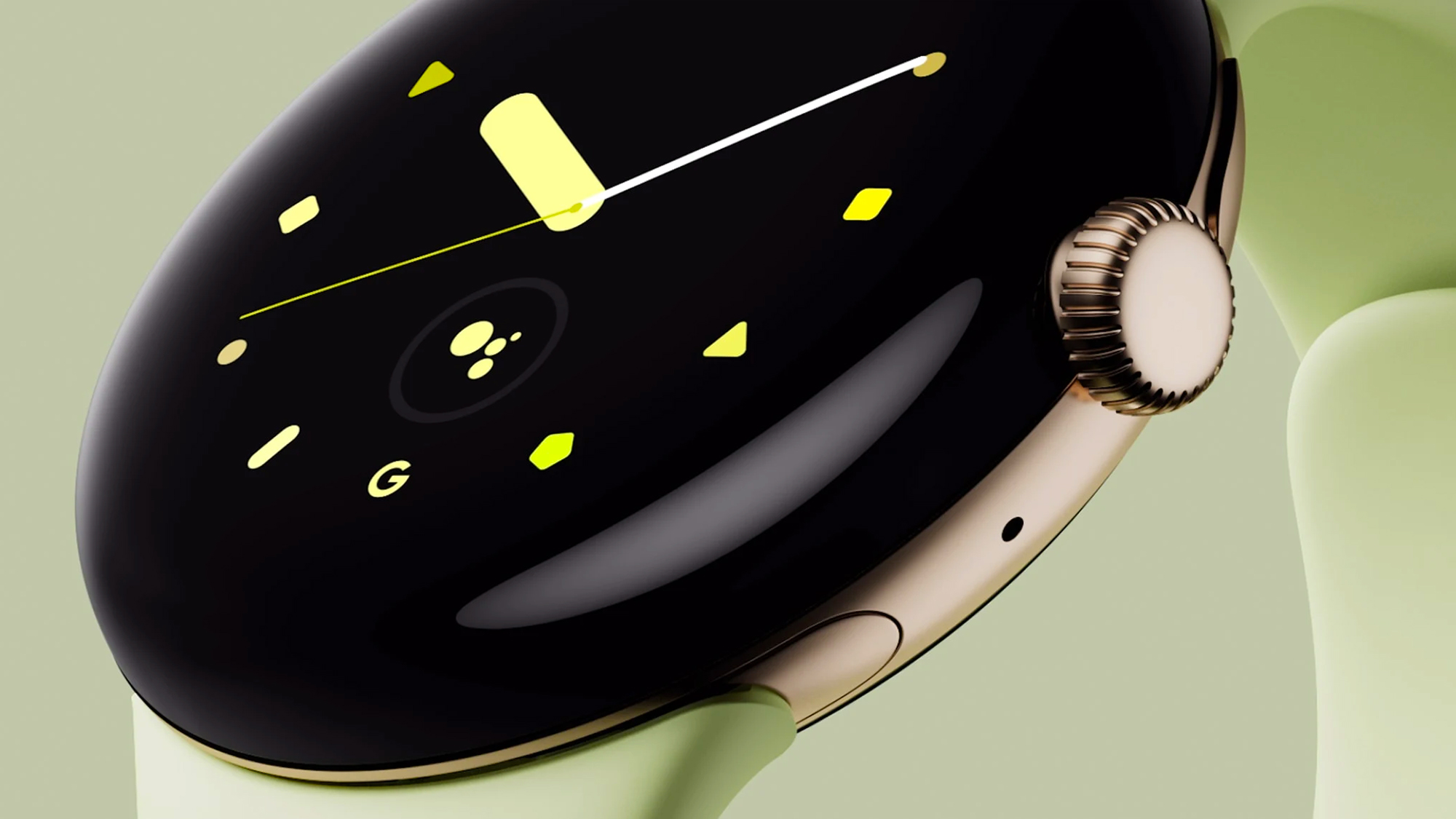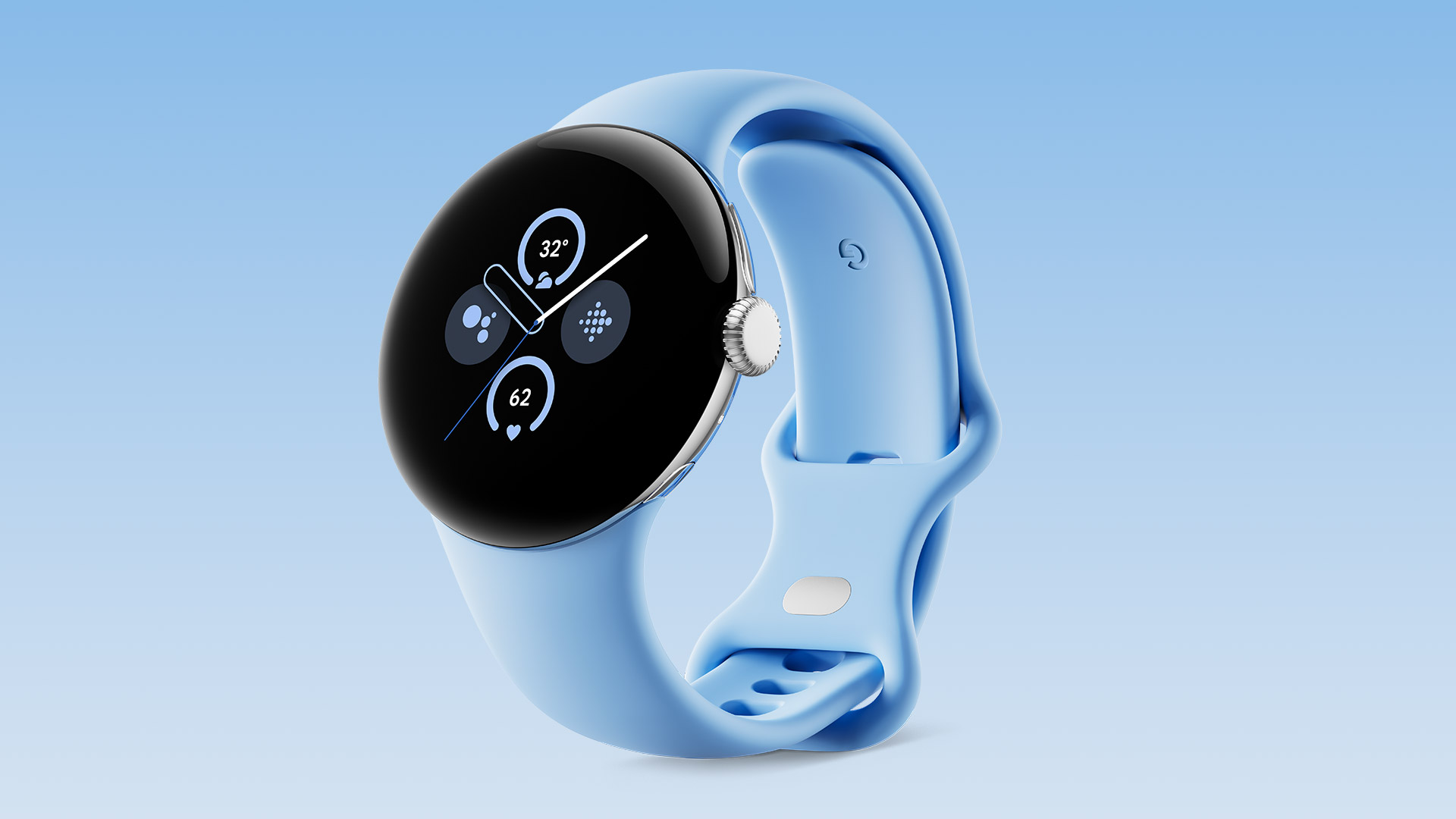Your Google Pixel Watch now charges more slowly – but that might not be a bad thing
Google adds 15 minutes to original Pixel Watch charging times

Thanks to a firmware update, last year's Google Pixel Watch now has much slower charging times. However, this might not be the major bummer that it first seems to be.
Previously, the Google Pixel Watch's battery could be charged from 0% to 50% in 30 minutes, to 80% in 55 minutes, and to 100% in 80 minutes. Fast charging is a must for one of the best smartwatches for Wear OS users, as you'll find yourself charging it on a near-daily basis.
Following a firmware update, the Pixel Watch now takes 45 minutes to go from 0% to 50% (15 minutes slower), takes 75 minutes to reach 80%, and 110 minutes to charge its battery from empty to full.
In a statement to 9to5Google, Google explained that a “firmware update for Google Pixel Watches required us to review the charging times, the new times are what the average user will experience.” It didn’t explain why the firmware update was needed, but we suspect it has something to do with helping to keep the device from getting too hot while it charges. Unconfirmed Reddit reports have mentioned overheating during charging and the watch's backplate randomly falling off (via Android Police).
Those of you who splashed out on the new Pixel Watch 2 – or who are thinking about buying one after reading our Google Pixel Watch 2 review – will be happy to know that it hasn’t been affected by the firmware update. So it still only takes 30 minutes for its battery to charge from 0% to 50%, 43 minutes to reach 80%, and just 75 minutes to be fully recharged.
Interestingly the new Pixel Watch 2 uses a different form of charging – swapping the original’s wireless charging for pin contacts, like many Fitbits use.
Why has the Pixel Watch charging been slowed down?

As we mentioned above we don’t know for certain why Google has made this battery charging speed change, but we think it has something to do with the Google Pixel Watch overheating while it charges.
Sign up for breaking news, reviews, opinion, top tech deals, and more.
Wireless charging is neat but it's fairly inefficient. If you want to charge something quickly using a wireless connection it’s going to generate a fair amount of heat which can cause problems for the hardware. Batteries will drain faster, parts might become warped, and glue holding components together can melt causing the gadget to literally fall apart. While no explanation was given at the time it seems likely that heat was a problem given the recent changes.
The switch to slower charging speeds on the Pixel Watch, and the use of contact charging on the Pixel Watch 2 should help to keep the devices from getting too hot – and make problems related to the device overheating less likely to occur. So while it does mean your Pixel Watch will need to charge for a little longer between uses, this charging change should mean you’ll be able to enjoy using it for longer before it needs to be repaired or swapped out for a newer model.
You might also like:

Hamish is a Senior Staff Writer for TechRadar and you’ll see his name appearing on articles across nearly every topic on the site from smart home deals to speaker reviews to graphics card news and everything in between. He uses his broad range of knowledge to help explain the latest gadgets and if they’re a must-buy or a fad fueled by hype. Though his specialty is writing about everything going on in the world of virtual reality and augmented reality.